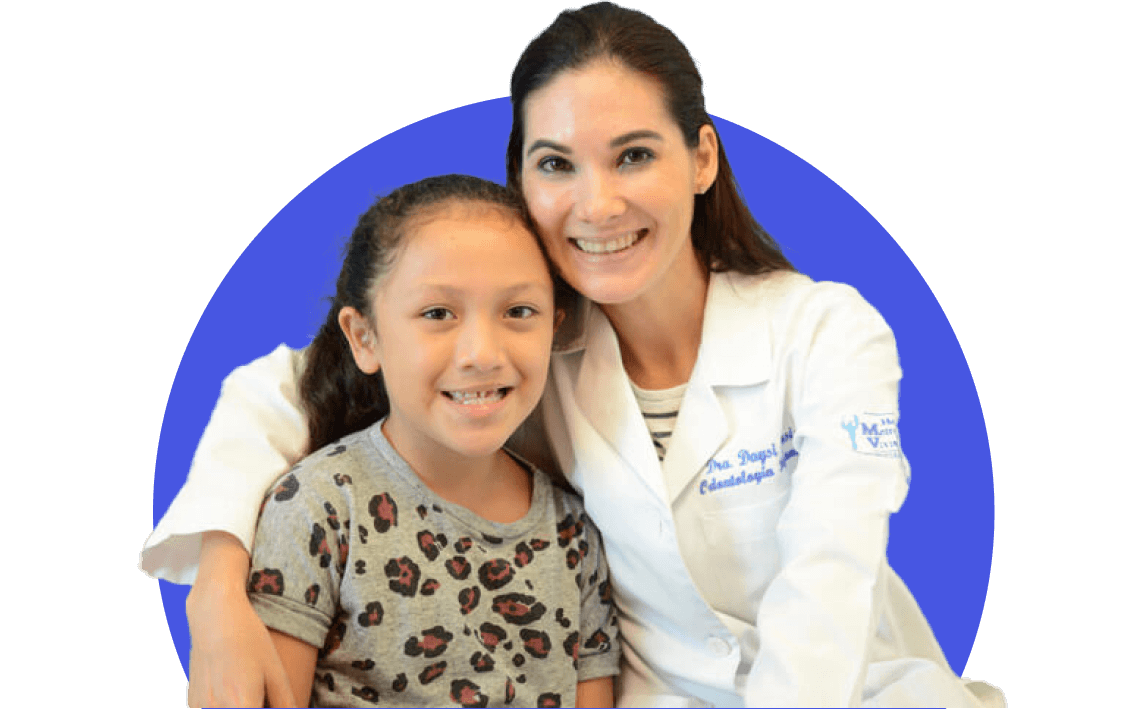Who pays for cleft care?
Funding for cleft and craniofacial care may come from one source or from a combination of sources, such as:
- Employer-based or group-based health insurance
- Military health insurance (Tricare)
- Health coverage funded by Medicaid
- Health coverage funded by programs like CHIP and CSHCN
- Assistance programs through hospitals
- Assistance from private service organizations
Does insurance cover cleft care?
Federal law requires that health insurance companies cover (pay for) basic health needs. State governments also have requirements. Each state has a health insurance commissioner who decides which services must be covered by insurance programs in that state.
Most states require that employer or group-based insurance policies cover services for cleft and craniofacial care. Tricare military insurance usually covers most cleft services. Unlike group-based insurance coverage, Tricare coverage is regulated at the federal level. So there may be some differences between Tricare coverage and the coverage by other insurance programs in your state.
Families with another kind of policy, like one purchased through a state exchange, may not be covered for cleft care, or may have to follow an approval or appeals process (a special procedure to request payment) for each stage of care.
If your insurance policy covers cleft and craniofacial care, it may still require you to pay a copay (a fee to cover part of the cost) for each service. To find out more specific information about copays, speak with the coordinator on your cleft or craniofacial team.
Does Medicaid cover cleft care?
Medicaid usually covers the major services of cleft and craniofacial care such as evaluations and major required surgeries. Coverage for some aspects of cleft care may differ slightly from state to state. Speech and hearing services, for example, may or may not be covered. To learn more about cleft services covered by Medicaid, ask the coordinator on your child’s team.
What other programs help pay for cleft care?
The Children’s Health Insurance Program (CHIP) is an assistance program for children. It provides health coverage for children in families that do not qualify for Medicaid but
can’t afford other insurance coverage.
Children with Special Healthcare Needs (CSHCN) is a health assistance program for children in families who have applied for Medicaid and CHIP. It is a payer of last resort. This means that it covers medical services only when other insurance or assistance programs will not.
Is orthodontic care covered by insurance?
Many children born with cleft lip/palate need orthodontic care, like braces. This type of care should always be filed as a medical claim, not a dental claim. A health insurance company may deny a claim at first because the service appears to be dental rather than medical. If a claim is denied, a family needs to file an appeal (a second request for payment.) When used as part of a craniofacial treatment plan, orthodontic care is medically necessary. Obtaining coverage for orthodontic care can be difficult. The coordinator on your cleft palate or craniofacial team should be able to help you navigate this challenge
Who pays for speech therapy?
Medical insurance usually covers speech therapy for people born with cleft and craniofacial differences (speech therapy can also be obtained through state-run programs). Sometimes, an insurance company denies a claim or limits the therapy to only a few sessions. The company may say that “speech therapy is “not medically necessary.” In cases like these, families can file an appeal. The appeal needs to include a statement that says something like, “Speech conditions caused by craniofacial differences are medically necessary and will require X number of sessions due to the severity of the speech disorder.” The speech-language pathologist on the team can help.
What is an IEP?
Starting at age three, children can get speech therapy through the public school system. This is called an Individualized Education Program, or IEP. This program is free. It starts at age three and continues through high school.
How do we get an IEP?
To learn about getting an IEP, start by contacting your school district. Sometimes, after evaluating a child, a school decides that his or her speech, language, or motor needs are not severe enough to qualify for services. The school may say that the problem is not “educationally significant.” This decision does not always mean that a child does not need therapy. Speak with the speech-language pathologist (SLP) on your craniofacial team. The SLP may explain to the school why speech therapy is needed, sometimes at a younger age than usual and sometimes for longer than usual. The SLP can also help you find other options for speech therapy, if necessary.



